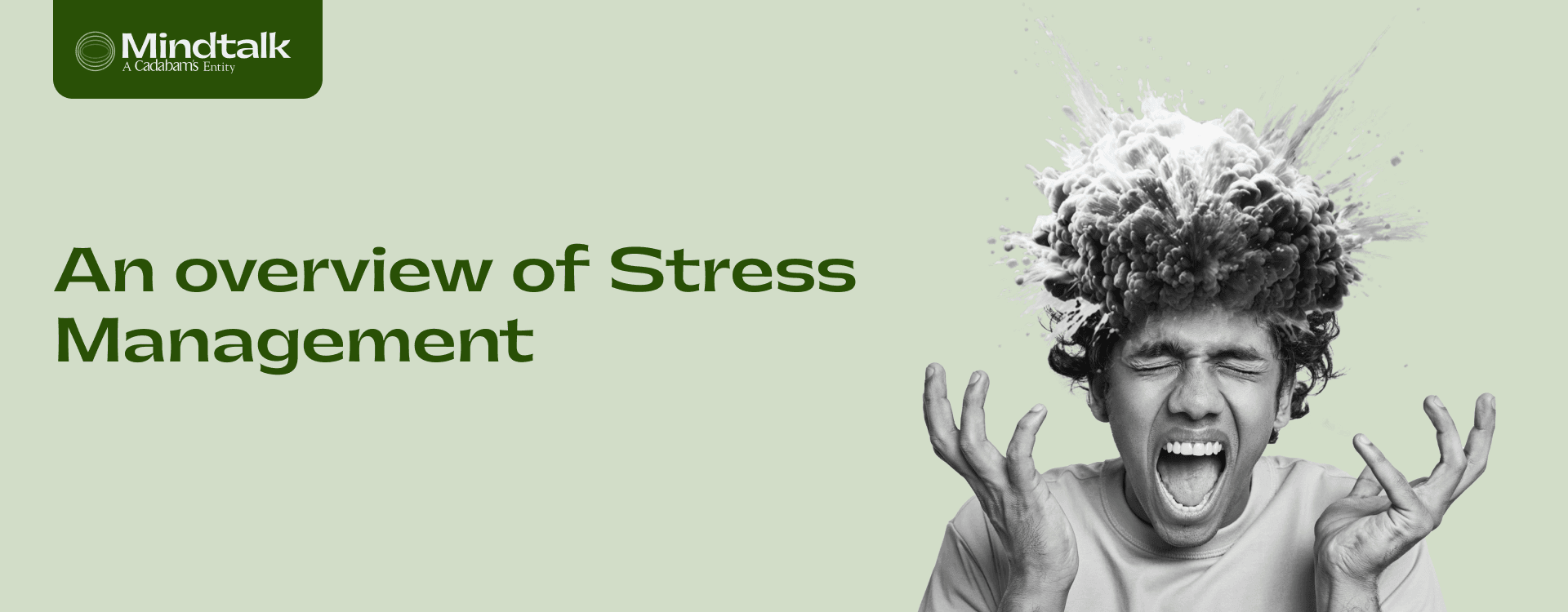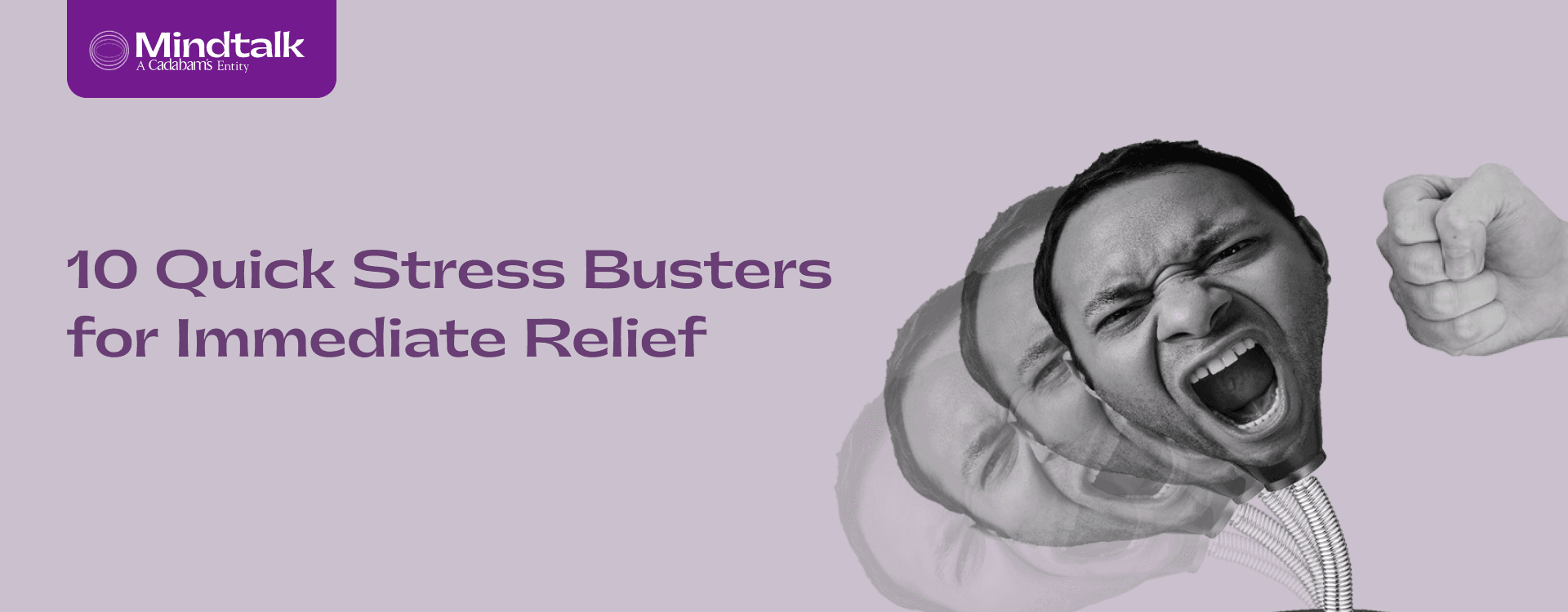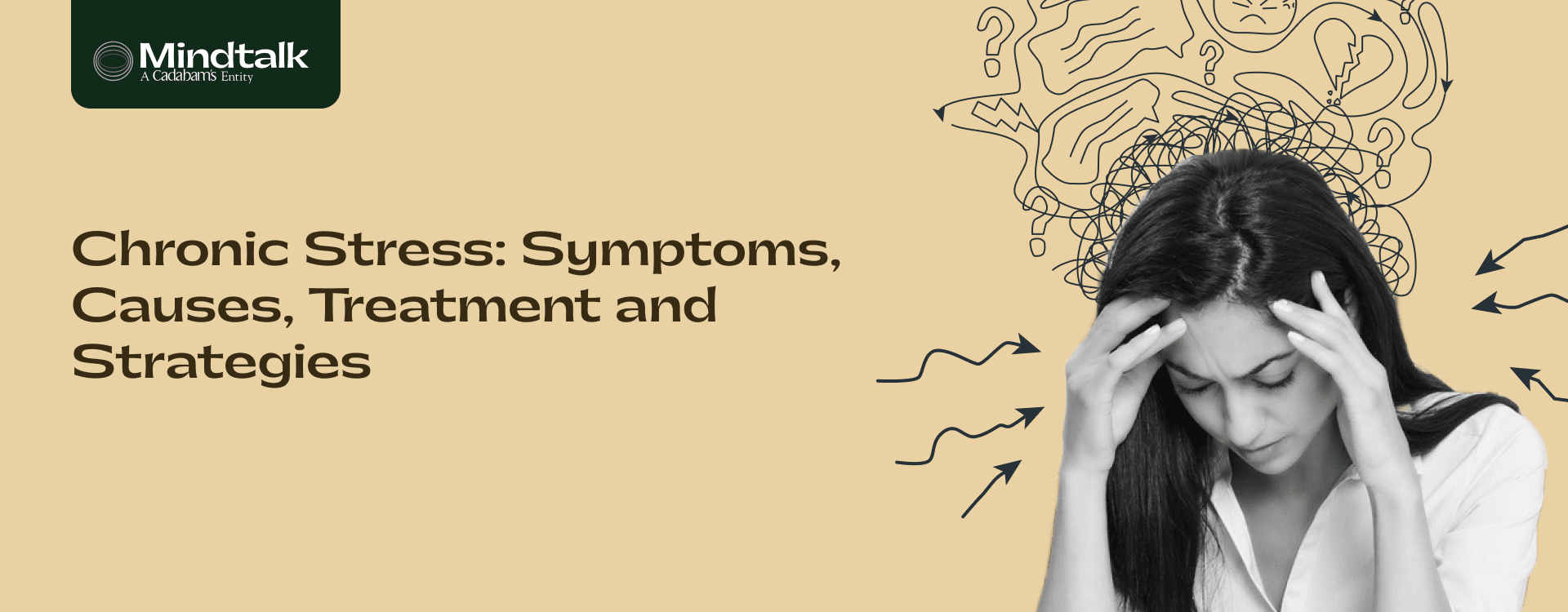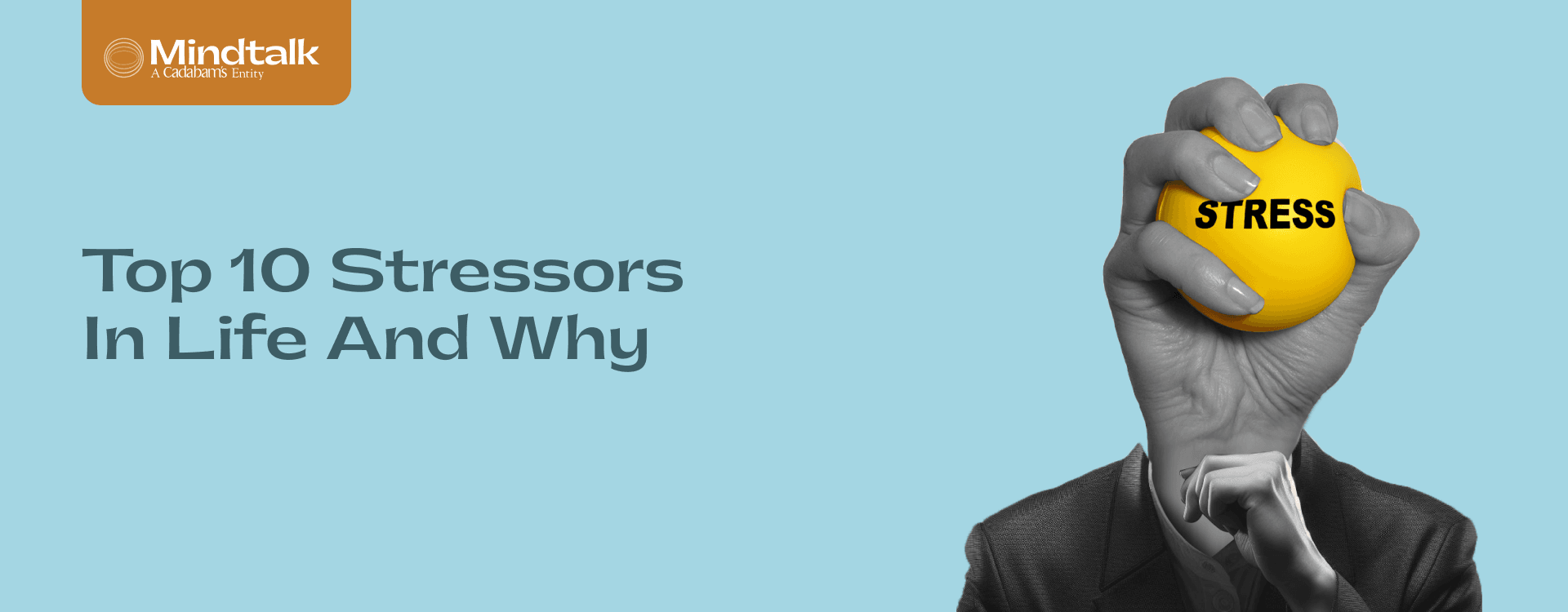Ancient Stress Relief Practices That Still Work Today
You rush, scroll, and juggle without pause, until your mind pushes back. In this modern overload, ancient stress relief techniques still restore balance. Rooted in time, tested wisdom, they support mental clarity and physical calm.
Let’s rediscover their timeless ability to soothe mind, body, and breath.
Introduction: The Timeless Search for Inner Peace
In a world of endless alerts, packed calendars, and rising anxiety, the need for stress relief has never felt more urgent. We chase calm through apps, advice, and distractions, yet peace often slips through the cracks.
That’s why many are turning back. Back to practices rooted in stillness. Back to rituals that don’t need screens or subscriptions. Yoga, meditation, herbal remedies; once ancient traditions, now modern lifelines.
Simple. Proven. Time, tested.
Let’s explore how these long, standing techniques are making a powerful comeback, and why your mind and body may already be calling for them.
1. Yoga: The Mind, Body Connection
Born from ancient Indian traditions, yoga has become one of the world’s most trusted paths to stress relief. Its rise lies in simplicity, balance, and breath. Let’s look at where it all began.
Origins and Philosophy of Yoga
Yoga emerged thousands of years ago in ancient India as a path to inner stillness. Its name comes from yuj, meaning union, of body, mind, and breath.
Rather than performance, the practice was rooted in presence, aiming to quiet the noise within and guide individuals toward clarity, balance, and lasting peace.
Benefits of Yoga for Stress Relief Today
Yoga calms more than the body, it soothes the nervous system. Through mindful movement and breath, it reduces cortisol and restores clarity. Here’s how each element supports stress relief:
- Asanas (poses) release tension and relax the nervous system
- Pranayama (breathwork) slows the heart rate and supports emotional regulation
- Meditation increases clarity by quieting mental clutter
Regular practice has reduced cortisol, ease anxiety, and sharpen focus.
2. Meditation and Mindfulness: Ancient Practice for Modern Calm
Long before it became a wellness trend, meditation was a discipline of stillness and awareness.
Today, it anchors countless mental health routines. Let’s trace its journey from temples to therapy rooms.
Roots in Ancient Traditions
Meditation has deep roots across spiritual traditions.
In Hinduism, it fostered union with the divine. In Buddhism, it was a path to enlightenment through mindful presence. In Taoism, it nurtured inner harmony with nature.
Though philosophies varied, the goal remained the same: to quiet the mind, awaken awareness, and transcend everyday suffering.
How Meditation Eases Stress
Meditation slows the mind, and science shows it rewires it too. By calming brainwave activity and supporting emotional balance, it helps the body shift out of stress mode.
Here’s how it makes a difference:
- Brainwaves shift to calmer alpha and theta states
- Focus improves with regular stillness
- Emotions become easier to observe, not absorb
- The nervous system relaxes into parasympathetic mode
3. Aromatherapy and Herbal Remedies
Before pharmacies and prescriptions, nature offered its own medicine.
Across ancient Egypt, India, China, and beyond, people turned to plants, roots, and resins not just to heal the body, but to calm the mind.
The scent of lavender, the smoke of frankincense, the warmth of herbal teas, these were rituals of restoration. Today, we’re relearning their value.
Let’s explore how these timeless tools continue to soothe stress from the inside out.
Ancient Uses of Aromatherapy
For centuries, cultures have turned to nature’s scents to soothe both spirit and system. These rituals were deeply sensory, grounded in calming the body. Here’s how aromatherapy showed up across traditions:
- Egypt used frankincense and myrrh in sacred ceremonies
- India relied on sandalwood in spiritual and Ayurvedic healing
- China balanced energy using herbal oils and plant, based infusions
- Lavender became known worldwide for easing restlessness and promoting calm
How Scent Impacts the Nervous System
When you inhale a scent, it doesn’t just pass through your nose, it travels directly to the limbic system, the brain’s emotional control centre.
This pathway explains why certain aromas can quickly influence mood, memory, and stress levels, helping the nervous system shift from alertness to relaxation almost instantly.
4. Breathwork and Pranayama
In ancient wellness traditions, the breath was more than biology, it was a bridge to balance.
Used to regulate energy and emotions, conscious breathing remains a powerful calming tool. Let’s explore where this wisdom began.
Pranayama in Ancient Texts
Breath control, or pranayama, has been a cornerstone of yogic wisdom for centuries. In the Bhagavad Gita, it’s described as a practice to steady the mind.
Patanjali’s Yoga Sutras list it as a vital limb of yoga, teaching that mastering the breath can quiet mental chatter and prepare the mind for deeper inner awareness.
Scientific Backing for Breath, Based Stress Relief
Controlled breathing sends a calming signal through your nervous system. It activates the vagus nerve and supports better heart rate variability (HRV), both of which play a key role in managing stress. Here’s how it helps:
- Stimulates the vagus nerve, activating the parasympathetic nervous system
- Improves heart rate variability (HRV), building resilience to stress
- Lowers cortisol, easing physical and emotional tension
5. Sound Healing and Chanting
Before sound was entertainment, it was medicine.
Across cultures, chanting, drumming, and tonal vibrations were used to shift energy and still the mind. From Vedic mantras to Tibetan bowls, these ancient vibrations continue to resonate today.
Let’s explore how sound has always held the power to heal.
Cultural Origins of Sound Healing
Sound healing echoes across traditions. Tibetan singing bowls created deep tones for meditation. Gregorian chants brought harmony and spiritual focus in medieval Europe.
Vedic mantras were recited to align breath and mind, while African drumming grounded communities in rhythm and release.
Each practice used sound not for noise, but for transformation, connection, and calm.
Why Vibrational Therapy Reduces Stress
Sound doesn’t just reach your ears; it reaches your brainwaves. The right frequencies encourage a shift into alpha states, where the mind relaxes and emotions settle.
Here’s how vibration supports stress relief:
- Encourages alpha brain waves linked to calm and focus
- Improves mood regulation through rhythmic entrainment
- Promotes deep relaxation and nervous system reset
6. Connection with Nature: The Original Therapy
Healing once began where the sky met the earth.
Ancient cultures turned to forests, rivers, and sacred groves to calm the body and cleanse the mind.
Let’s explore how stepping into nature still quiets our inner storms.
Nature in Ancient Healing Rituals
Across cultures, nature was woven into the act of healing.
In Japan, shinrin, yoku, or forest bathing, invited stillness among the trees. India’s sacred rivers offered ritual cleansing for body and spirit.
In ancient Greece, open, air healing centres harnessed sunlight, fresh air, and silence. Each tradition honoured nature as both sanctuary and medicine.
Psychological and Physiological Effects of Nature
Modern science now confirms what ancient cultures always knew, nature heals. Just minutes outdoors can shift your body out of stress and into balance. Here’s what nature does for your system:
- Lowers cortisol levels, easing tension
- Reduces heart rate and blood pressure
- Boosts calm, focus, and emotional clarity
7. Massage and Touch, Based Therapies
Touch has long been used as a form of healing. Ancient cultures developed massage systems to ease pain, reduce stress, and support well, being. Let’s trace its timeless role in stress relief.
History of Touch Therapy
Touch, based healing has existed across centuries and civilisations. Ayurvedic abhyanga used warm herbal oils to calm the body and balance energy.
Chinese Tui Na applied rhythmic pressure to restore flow and function.
In ancient Greece and Rome, physicians used bodywork to ease pain and fatigue, laying the groundwork for massage as structured medical care.
Modern Benefits of Therapeutic Touch
Therapeutic touch isn’t just comforting, it’s clinically effective. Research shows that intentional touch can regulate stress responses and support emotional well, being.
Here’s how it helps:
- Regulates the nervous system, shifting the body into a relaxed state
- Releases oxytocin, enhancing feelings of safety and connection
- Relieves muscle tension, easing physical symptoms of stress
Bringing Ancient Wisdom into Modern Life
Ancient healing isn’t out of reach, it fits into everyday life. Even small habits can reduce stress and build resilience over time.
Here are simple ways to get started:
- Begin your day with deep breathing
- Take a quiet walk in nature
- Use calming scents at bedtime
- Try 10 minutes of yoga or stretching
Conclusion: Rediscovering Peace Through the Past
Stress may be modern, but the answers aren’t new. Through breath, movement, stillness, and nature, ancient practices offer a quiet kind of care, one that lasts.
Stay consistent. Stay curious. Your calm is closer than you think.
Meet Our Stress Management Experts




